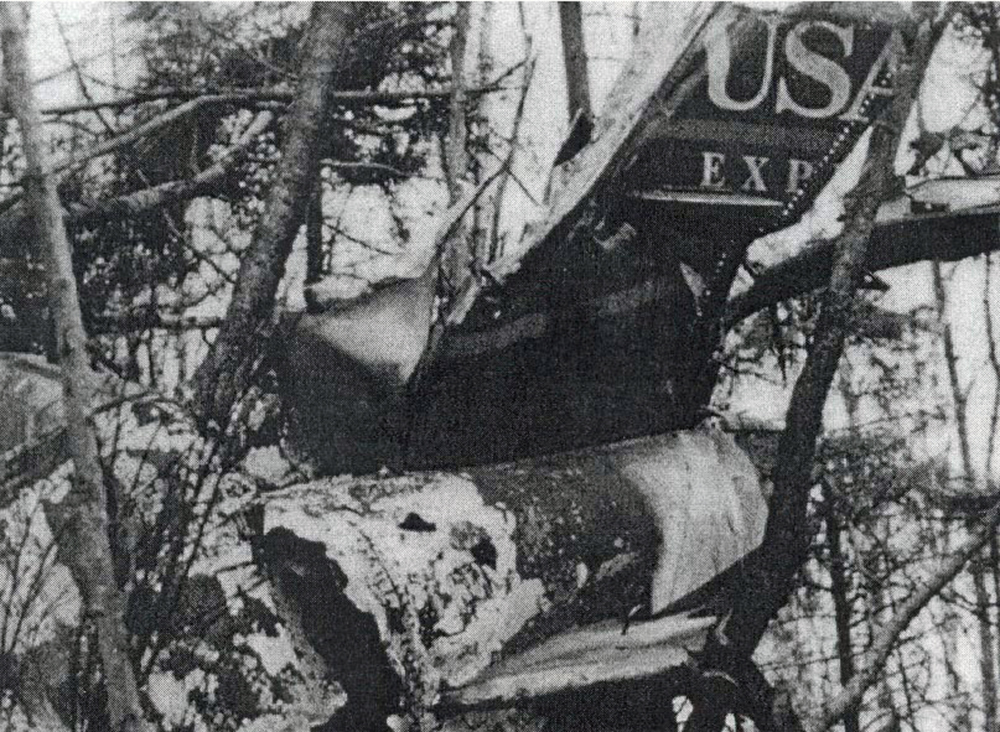Crash of a Cessna 208B Super Cargomaster in Plattsburgh
Date & Time:
Apr 26, 2001 at 1945 LT
Registration:
N974FE
Survivors:
Yes
Schedule:
Plattsburgh – Albany
MSN:
208B-0099
YOM:
1988
Flight number:
FDX7417
Crew on board:
1
Crew fatalities:
Pax on board:
0
Pax fatalities:
Other fatalities:
Total fatalities:
0
Captain / Total hours on type:
137.00
Aircraft flight hours:
5993
Circumstances:
The pilot said the preflight, engine start, run-up, taxi and takeoff were "normal". The pilot said that during the climb after takeoff, approximately 1,000 to 1,500 feet above the ground, the airplane's engine "spooled down, slowly and smoothly, like a loss of torque or the propeller going to feather." The pilot performed a forced landing to a field, where the airplane nosed over, and came to rest inverted. Examination of the engine and propeller revealed that the propeller-reversing lever was installed on the wrong side of the reversing lever guide pin, and that the reversing linkage carbon block was no longer installed, and had departed the airplane. Examination of the airplane's maintenance records revealed that the carbon block was replaced during a 100-hour maintenance inspection, 5 hours prior to the accident. Installation of the reversing lever on the incorrect side of the guide pin resulted in improper seating and premature wear of the carbon block. According to the engine manufacturer, any disconnection in operation of the propeller control linkage will cause the propeller governor beta control valve to extend, and drive the propeller into feather.
Probable cause:
The incorrect installation of the propeller reversing lever and carbon block assembly, which resulted in a loss of propeller thrust.
Final Report:




